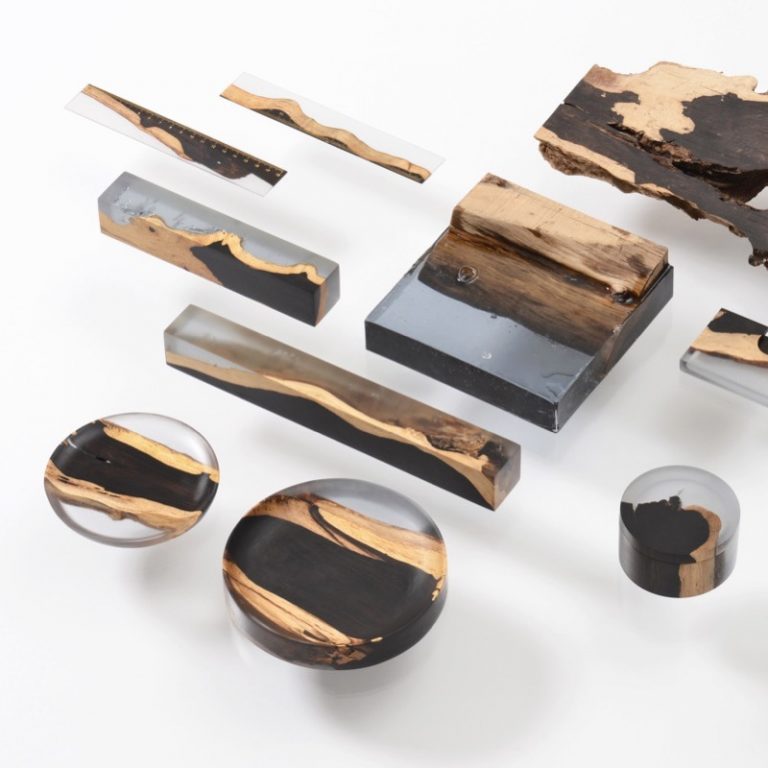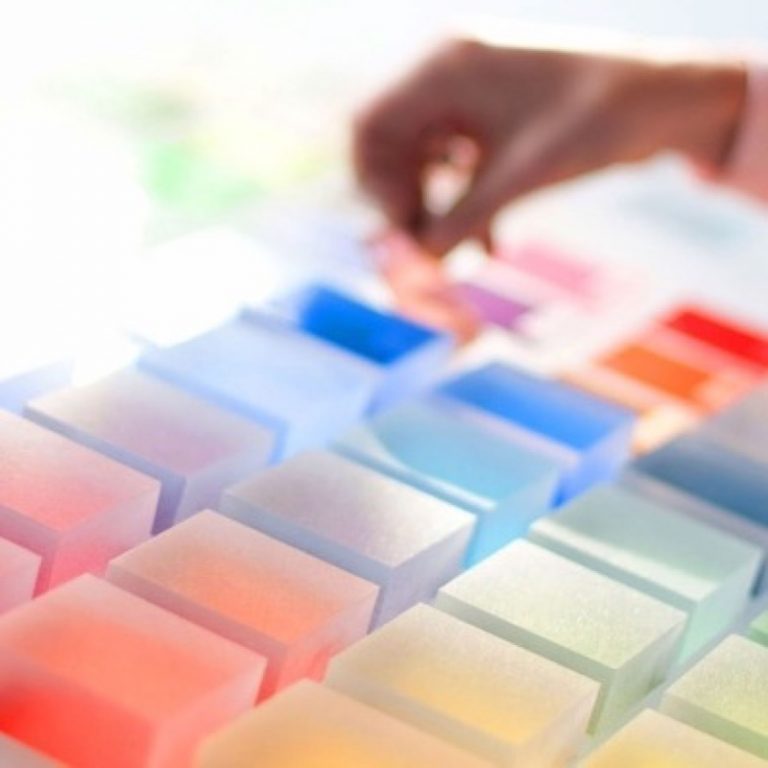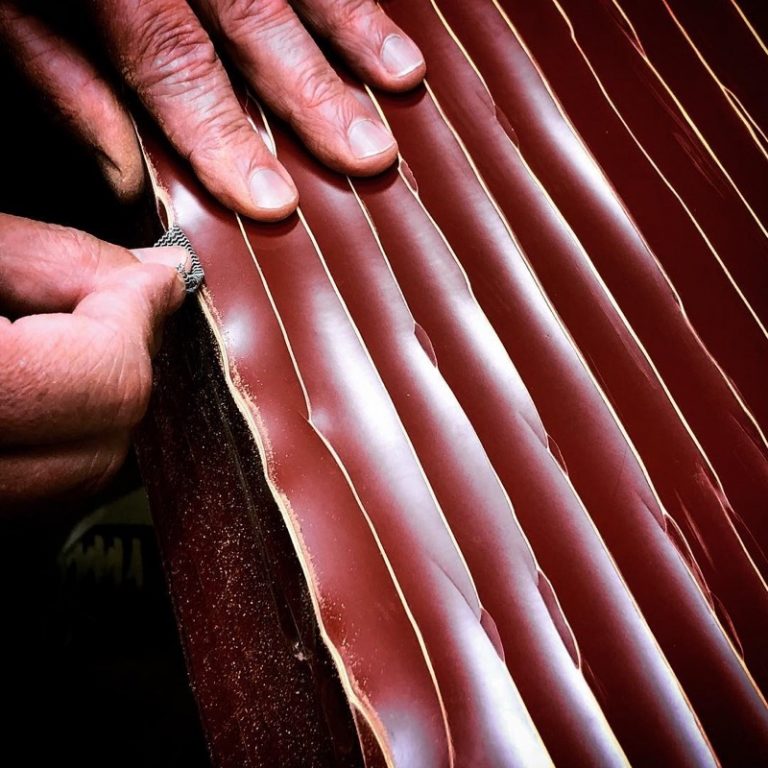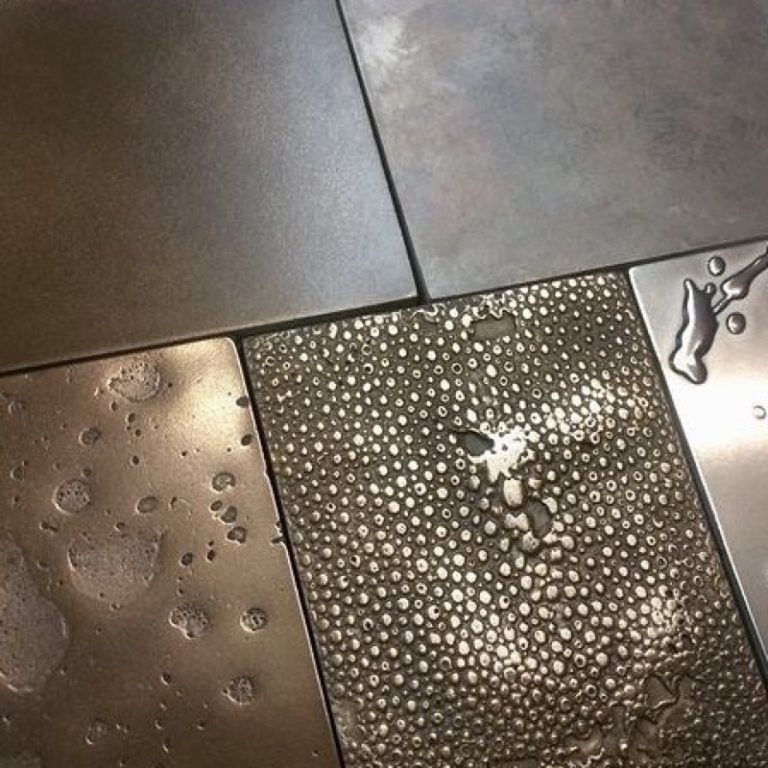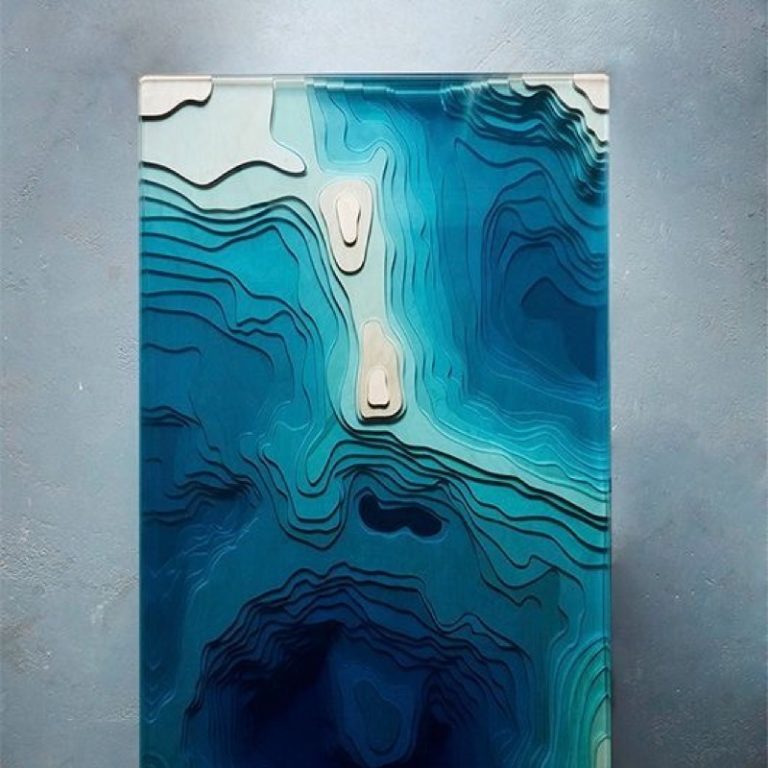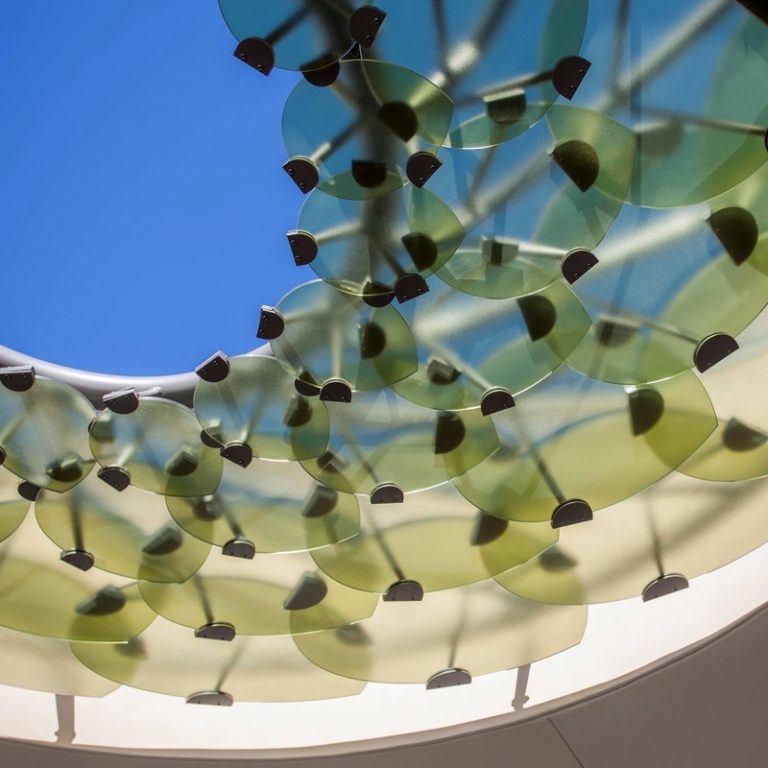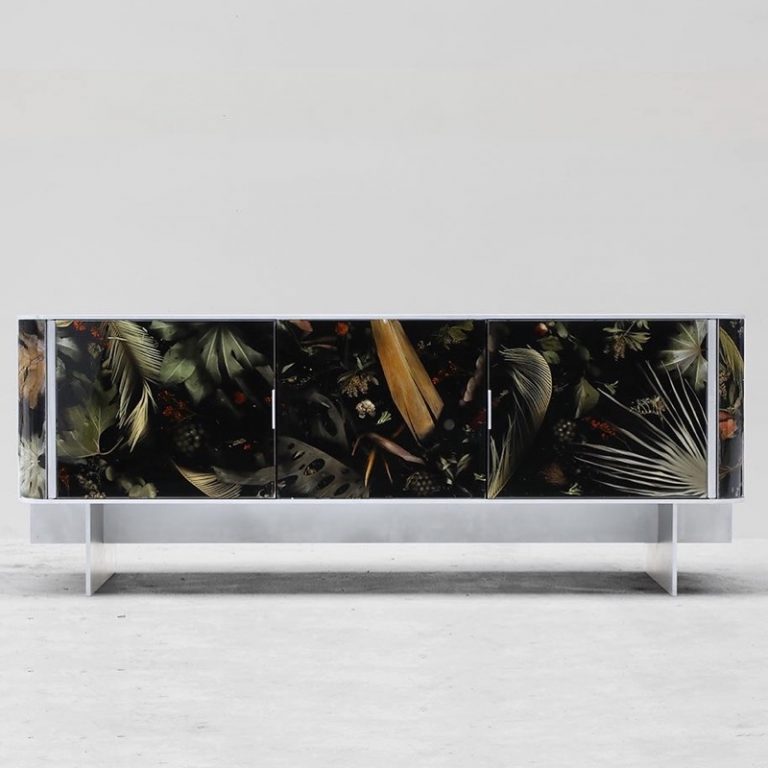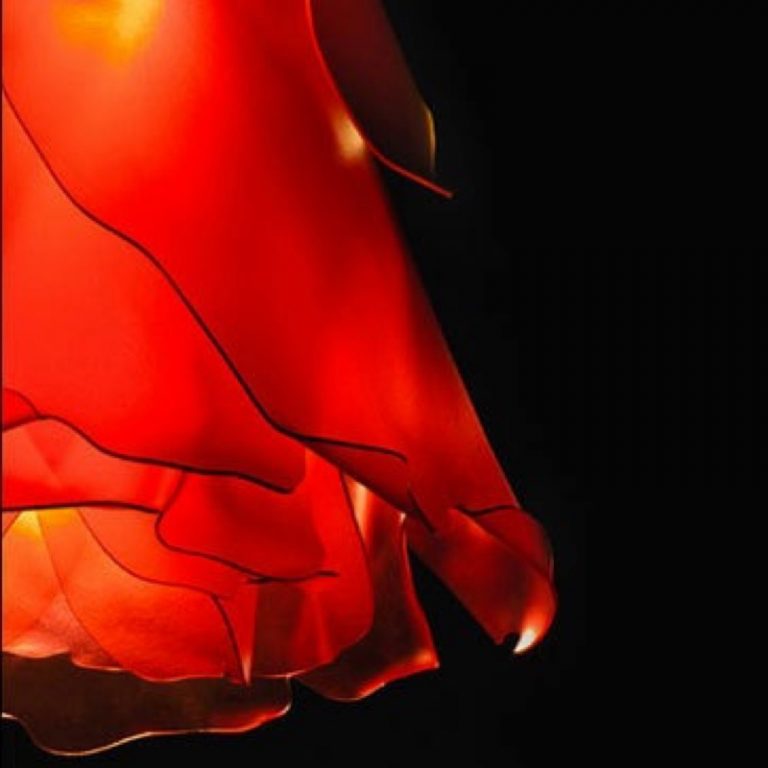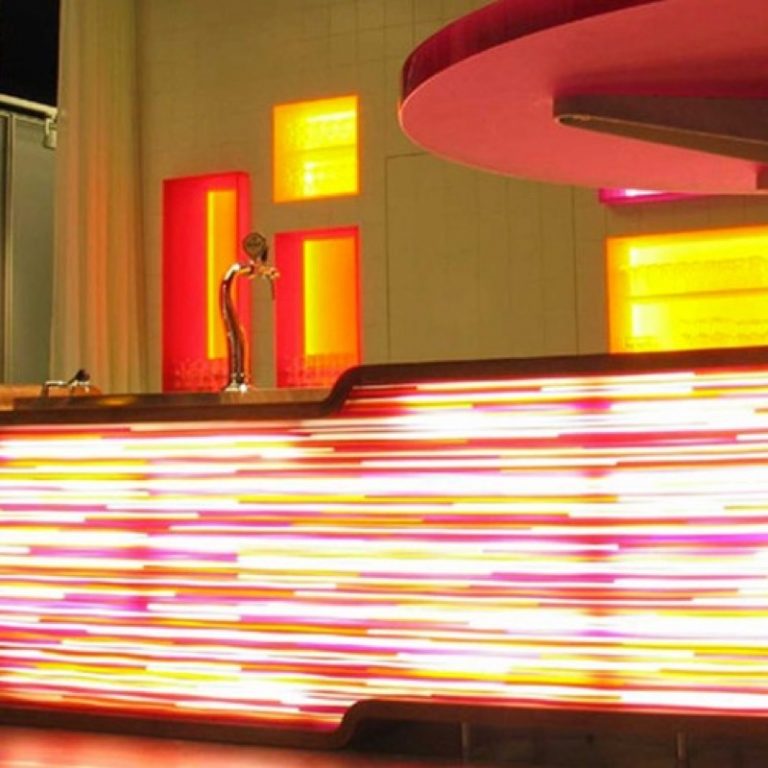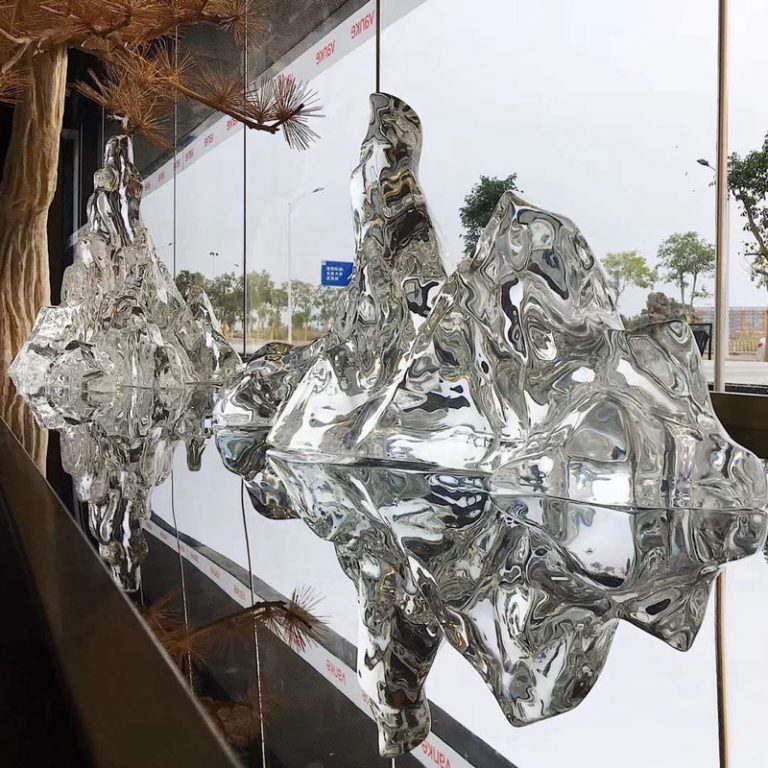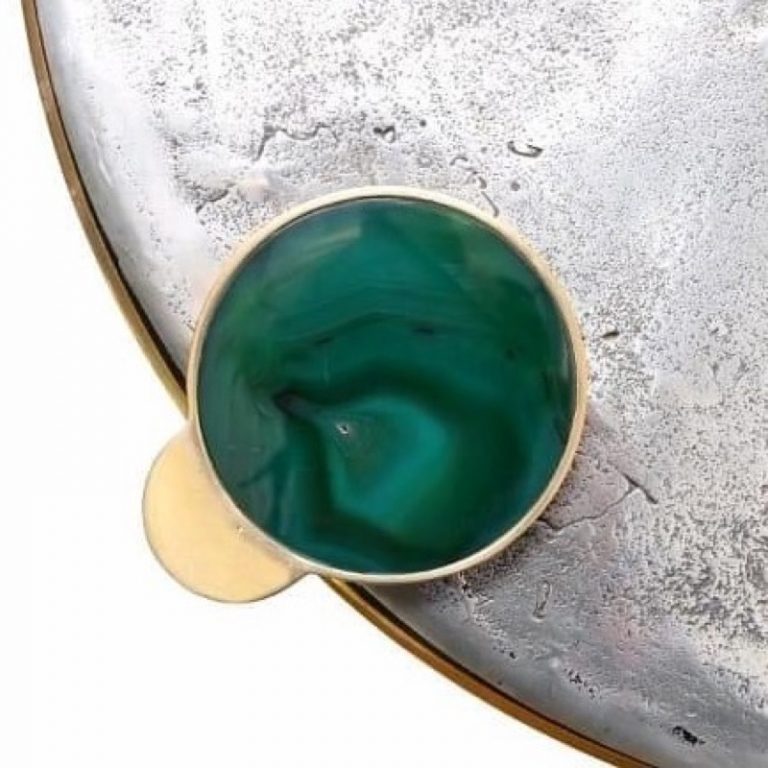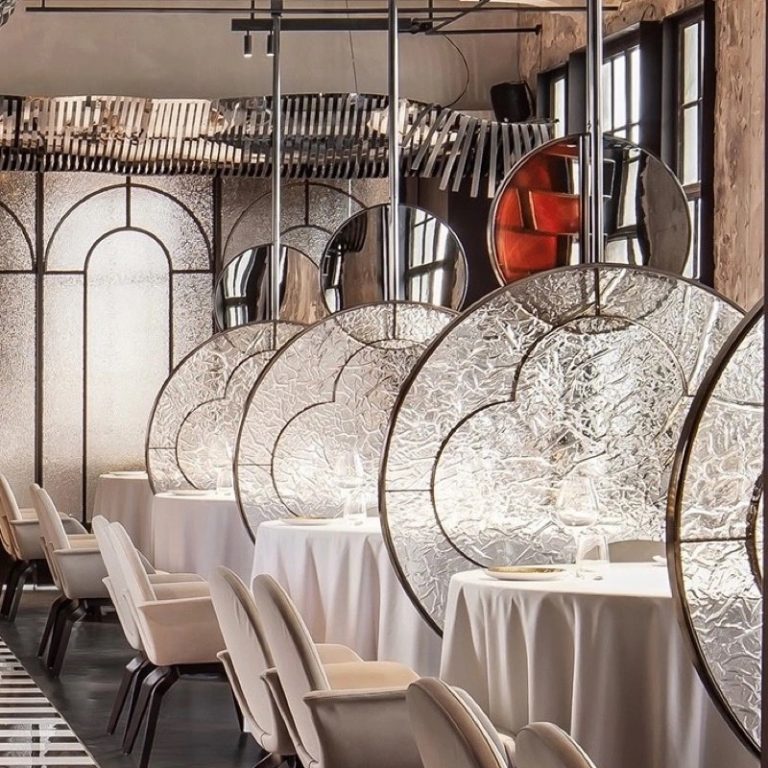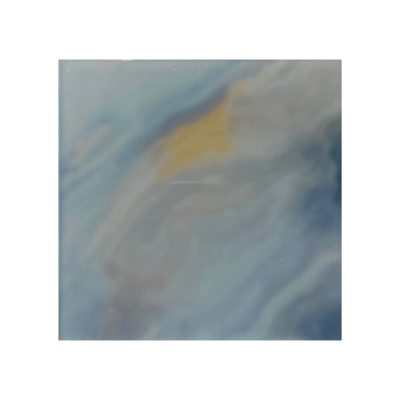Introduction: Acrylic colors have emerged as a versatile and dynamic medium in the world of art, captivating artists and enthusiasts alike with their vibrant hues and malleable properties. This article explores the diverse applications of acrylic colors, showcasing their ability to bring creativity to life through a spectrum of vivid tones and textures.
- Expressive Palette: Acrylic colors offer artists an extensive palette to express their creativity. With a wide range of colors available, from bold primaries to subtle pastels, artists can easily mix and blend shades to achieve the desired effect. This expressive palette empowers artists to convey emotions and stories through their artwork with unparalleled precision.
- Versatility in Techniques: One of the remarkable features of acrylic colors is their adaptability to various techniques. Artists can apply acrylics in thick impasto strokes for a textured, three-dimensional effect, or dilute them with water for a more translucent, watercolor-like appearance. This versatility enables artists to experiment and push the boundaries of traditional painting techniques.
- Layering and Transparency: Acrylic colors allow for seamless layering, enabling artists to build depth and complexity in their compositions. The transparency of acrylics adds a unique dimension to artwork, as layers can be overlaid to create subtle transitions and luminous effects. This quality makes acrylics a preferred choice for artists seeking to convey depth and complexity in their creations.
- Durability and Fast Drying: Acrylic colors are celebrated for their durability and fast drying time. Unlike oil paints, which may take days or even weeks to dry, acrylics dry quickly, allowing artists to work efficiently and make rapid adjustments. This characteristic is particularly advantageous for artists who prefer a spontaneous and dynamic approach to their creative process.
- Textural Exploration: Artists often revel in the opportunity to explore various textures using acrylic colors. By mixing additives or incorporating unconventional tools, such as palette knives or sponges, artists can create intriguing textures and patterns on their canvas. This textural exploration adds a tactile element to the visual experience, engaging both the eye and the sense of touch.

Conclusion: Acrylic colors stand as a testament to the boundless possibilities within the realm of visual arts. Their expressive palette, versatility in techniques, layering capabilities, durability, and textural exploration potential make them a favored medium for artists across the globe. As acrylics continue to captivate the imagination of creatives, the world can anticipate an ongoing surge of innovative and awe-inspiring artworks that showcase the brilliance of these dynamic colors.


